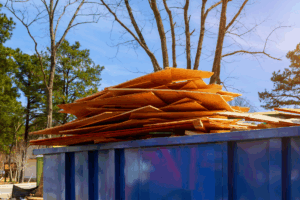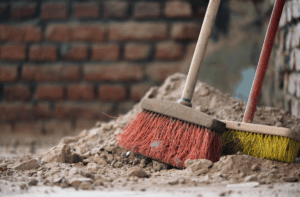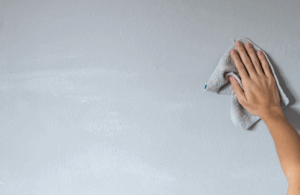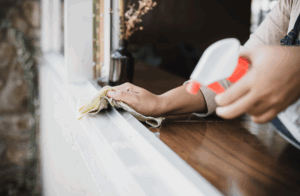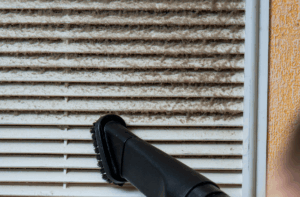Why Post-Construction Cleaning Is Essential
Once the work is done, the site may look ready. But in reality, there is often a significant layer of residue, sometimes visible and sometimes not. We're talking fine dust, paint stains, debris stuck to the floor, and more. That is where post-construction cleaning becomes essential.
This type of cleaning ensures the space is not only visually clean but also safe and functional for occupants, clients, or employees. Whether it's after minor renovations or a major construction project, this specialized cleaning is the final crucial step before taking back the space.
The Tools You Need for Construction Site Cleaning
Before getting started, you need the right tools. Here is the basic equipment recommended for effective post-construction cleaning:
-
Industrial vacuum with HEPA filter (to trap fine particles)
-
Microfiber cloths (ideal for capturing dust without spreading it)
-
Protective gloves, goggles, helmet, steel-toe boots, and a dust mask
-
Buckets, mops, and brushes
-
Non-abrasive cleaning products for different surfaces
-
Window squeegee and scraper (for removing glue or paint residue)
-
Ladder or step stool for hard-to-reach areas
-
Heavy-duty garbage bags
Good equipment is half the job done.
Steps to a Successful Post-Construction Cleaning
Cleaning a site may seem overwhelming, but with a clear method, the task becomes structured and efficient. Here are the main steps:
-
Remove leftover debris and materials
-
Vacuum all surfaces, including the walls
-
Clean walls, light switches, and baseboards
-
Degrease and remove glue or paint stains
-
Wash the windows and window frames
-
Finish with floors and ventilation grilles
1. Remove leftover debris and materials
Take out all leftover materials like wood, plaster, nails, and plastic. This helps prevent injuries and prepares the space for more detailed cleaning. For more information, see this article on recycling construction materials.
2. Vacuum All Surfaces, including the walls
Use a HEPA vacuum to avoid stirring the dust back into the air. Vacuum floors, window ledges, baseboards, cabinet tops, and even walls. For more about health risks from asbestos or crystalline silica, see our articles on asbestos decontamination or construction dust hazards.
3. Clean Walls, Switches, and Baseboards
Use a damp cloth with a gentle product to clean walls, power outlets, and baseboards. Always test in an inconspicuous corner first, especially on freshly painted surfaces.
4. Degrease and Remove glue or paint Stains
Residue from glue, paint, or silicone can be removed with a plastic scraper or a specialty cleaner. Be gentle to avoid damaging surfaces.
5. Wash Windows and Frames
Clean the windows with a squeegee and a non-abrasive cleaner. Don't forget the window frames, which tend to collect fine dust.
6. Clean Floors and Ventilation grilles
Sweep, vacuum, and mop floors using a cleaner suited to the surface type. Also clean any accessible ventilation grilles or ducts, where dust can build up easily.
📌 Also read: When Should You Service a Commercial Ventilation System?
Who Is This Service For?
Post-construction cleaning is ideal for:
-
Property managers following renovation projects
-
Contractors and developers delivering a clean site
-
Businesses renovating or expanding their premises
-
Homeowners or tenants wrapping up renovation work
Conclusion
Post-construction cleaning takes time, the right tools, and a good process. If you're short on time or want a fast, professional turnaround, the Ménagez-Vous team can handle it for you.
👉 Working on a commercial project? Request a quote or visit our post-construction cleaning service page.
